Rediscovering the Role of Touch in Design
Xiaoyan Zhou
This thesis research aims to explore ways to rediscover and augment the sense of touch in design. It argues that touch is intimate, reciprocal, and inclusive. Therefore, a diversified use of touch in design would allow designers to employ more flexible, responsive, and inclusive design solutions that consider the vast differences in the sensory abilities of individuals. Through the documentation and exploration of hand motions, tactile textures, and by means of experimental design approaches to tactile interactions, this thesis research intends to present a broader framework for designing interactions between humans, graphics, physical objects, and physical space.
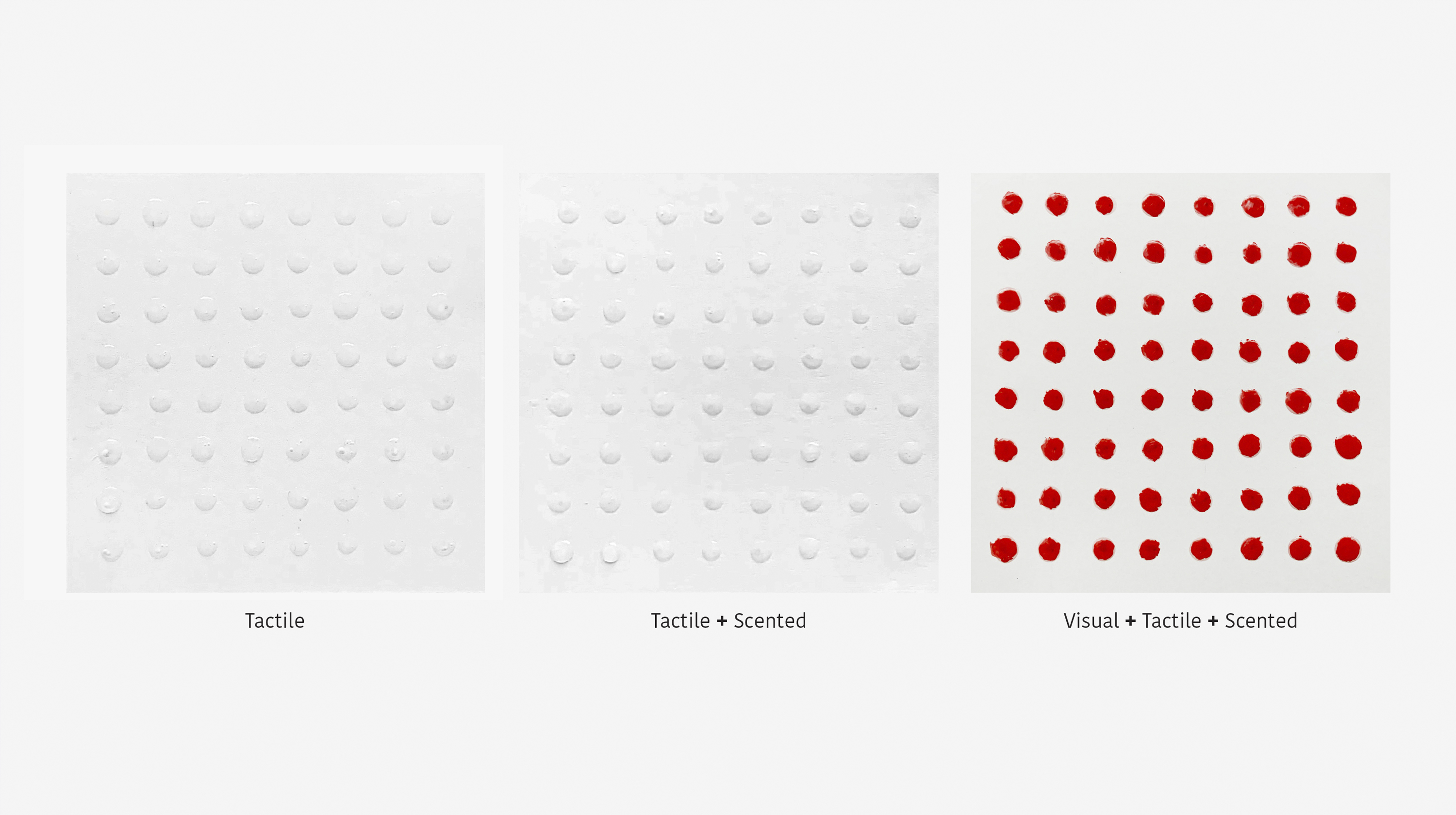
Experiment: Dot Dot
Dot Dot is an experiment regarding tactile graphics. The purpose of this experiment is to explore the differences between single sensory and multisensory experiences. The materials used in this project are white paper, PVA glue, and acrylic paint.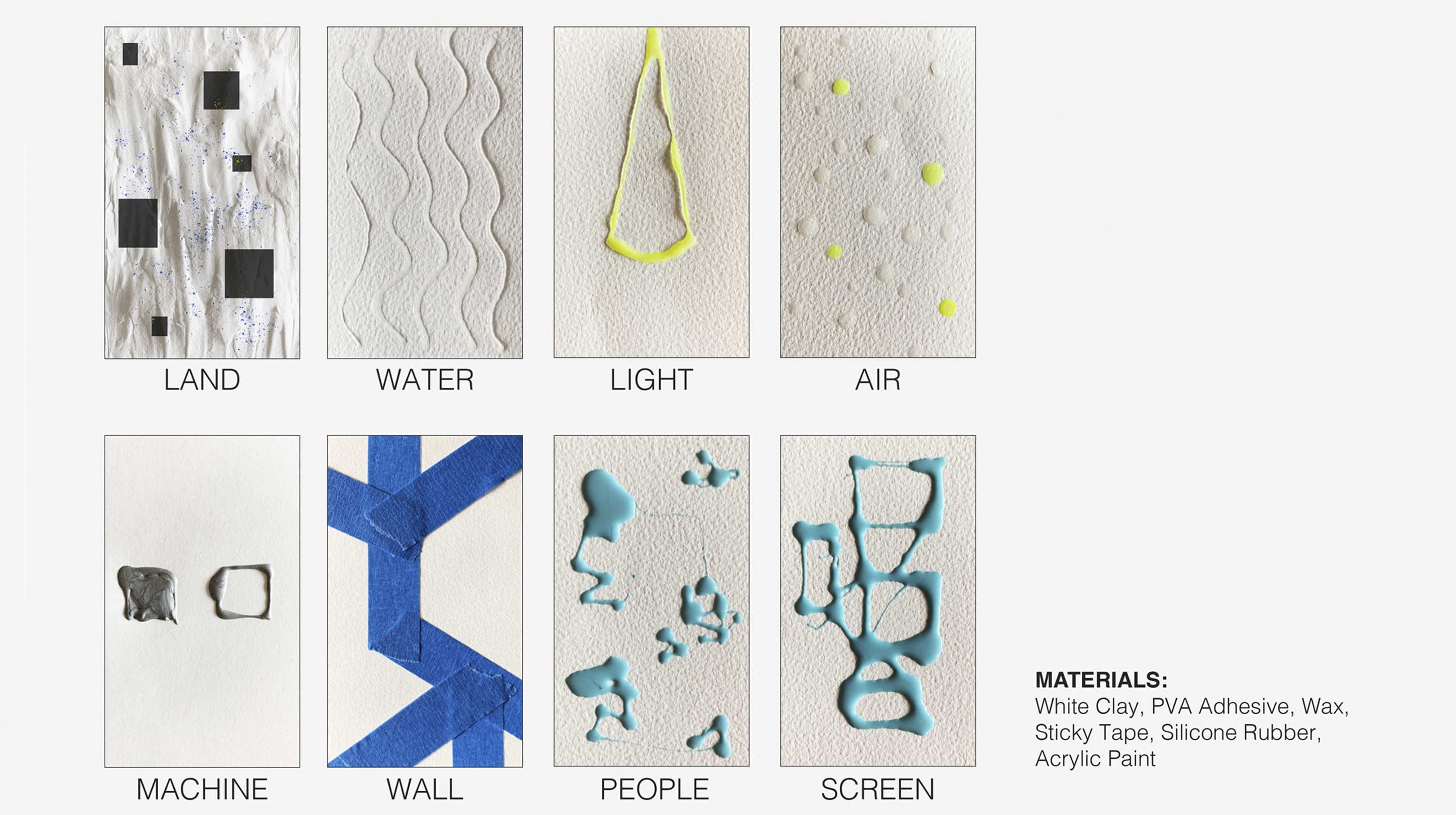
Tactile Tarot Cards
This project aims to explore ways of creating an inclusive tarot card design, which will allow people with different visual abilities to share the same deck of cards. I have created a series of tactile graphics on paper by experimenting with various materials.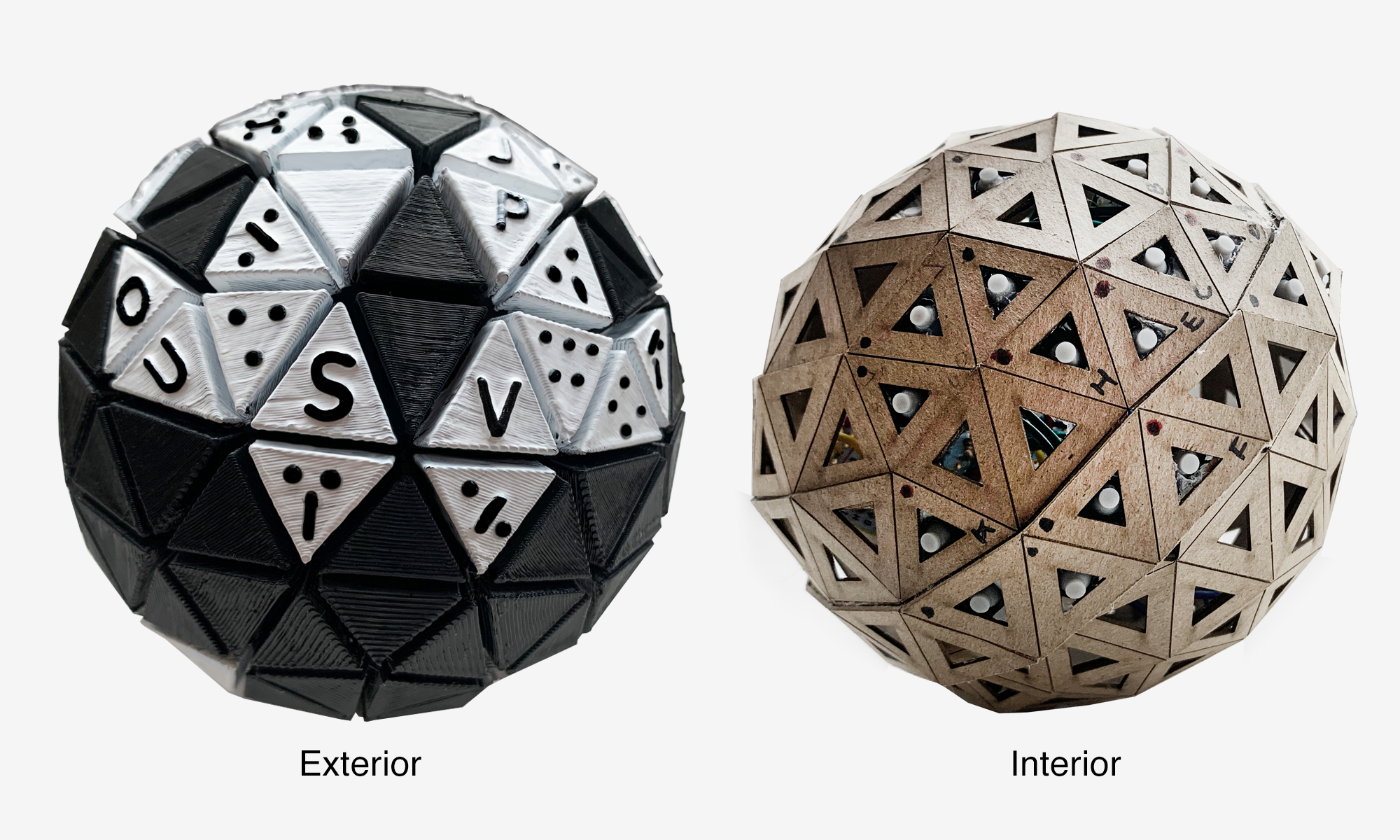
Keyball—An Alternative Experience for Keyboard Users
Based on the way the human hand types on and moves around the keyboard, the Keyball transforms the shape of the regular keyboard into a sphere so that both hands can control the keyboard with better flexibility. The surface texture of all keys consists of raised points, lines, and curves.Keyball Mock-up Video
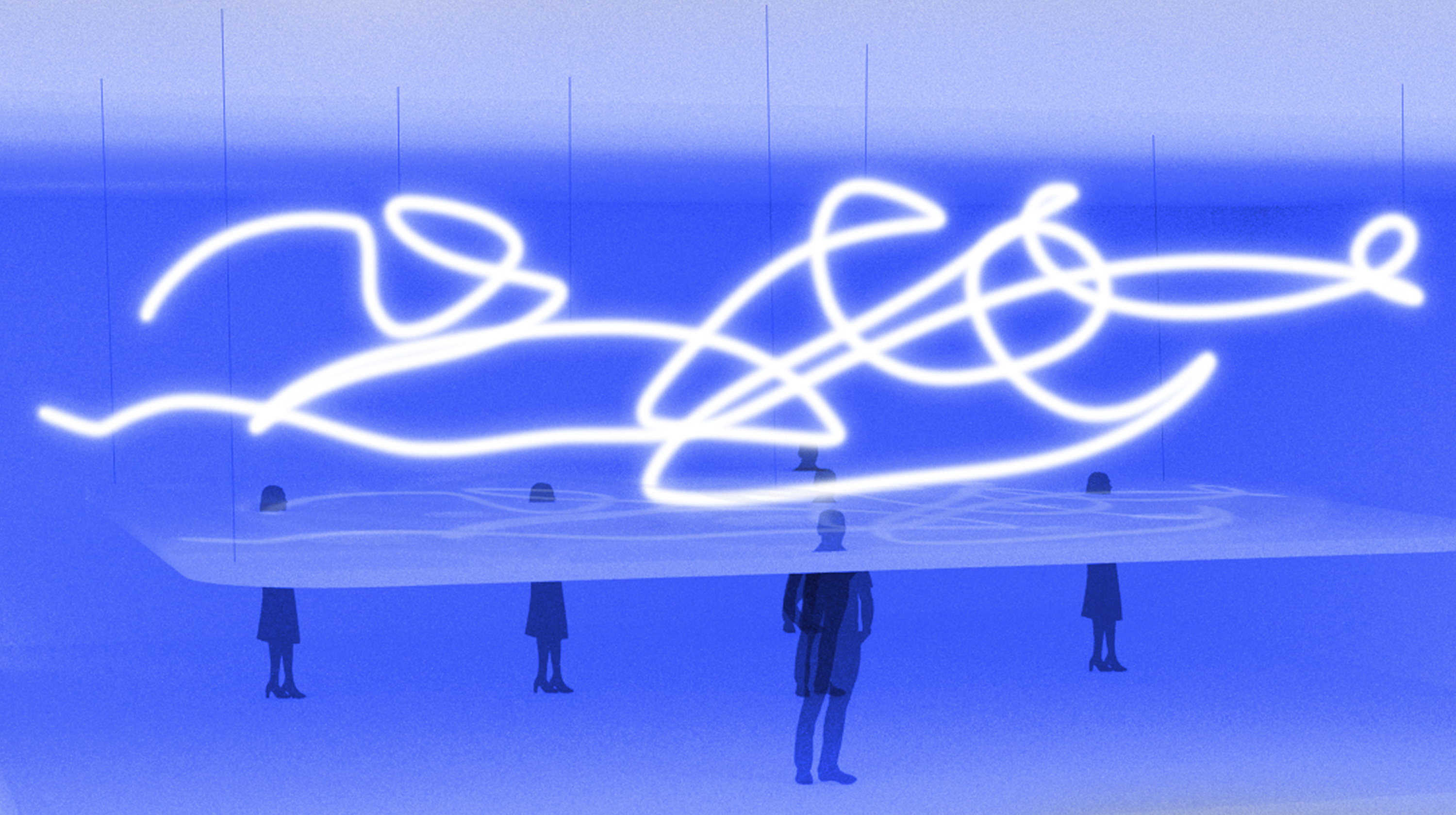
Interactive Exhibition Design: Light Factory
Light Factory is an interactive exhibition project regarding touching light with the human body. This project interprets and translates my personal memories of winter. The exhibition is divided into eight spaces, each representing how winter weather physically affects a specific part of the body.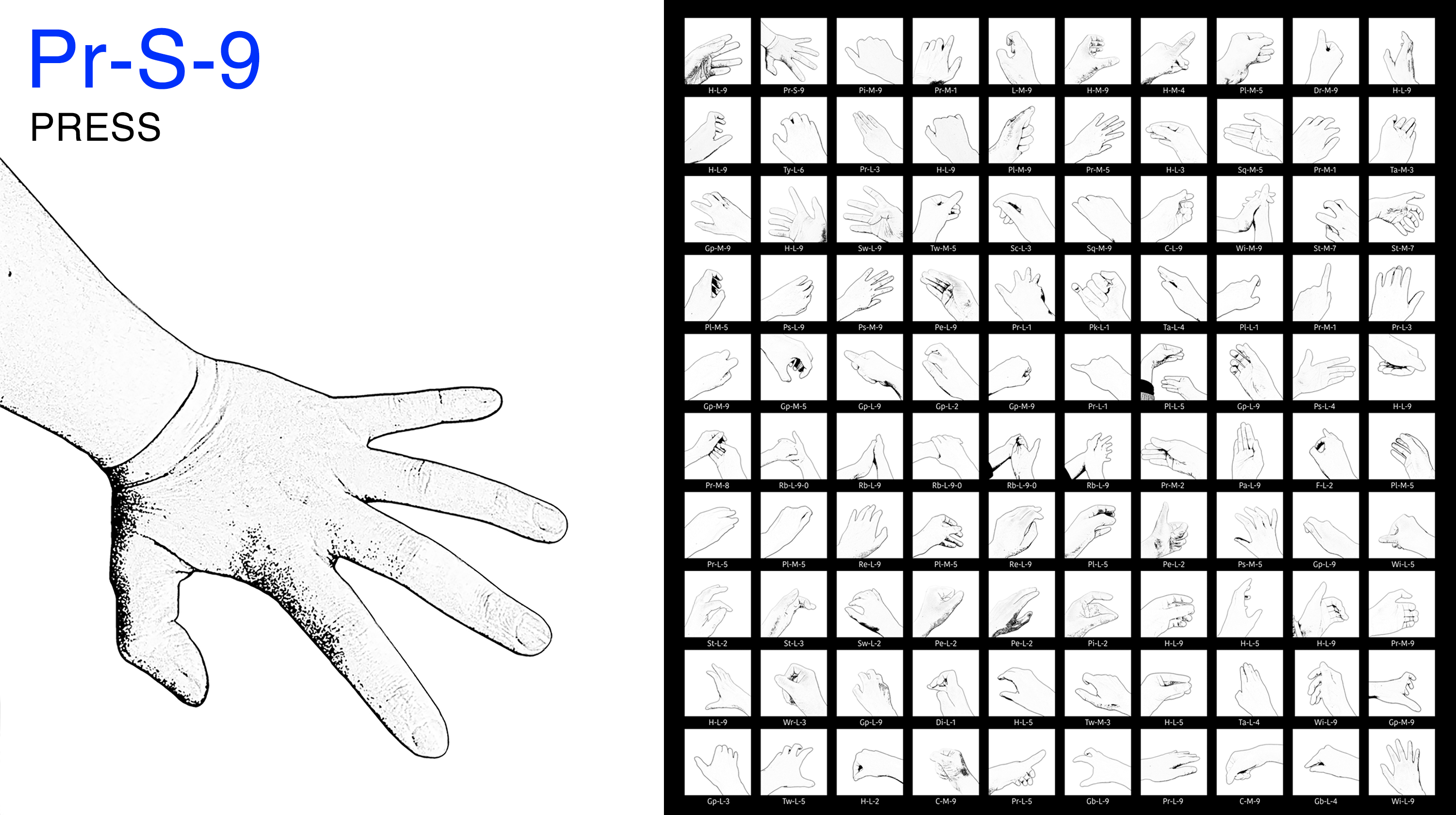
Experiment: Taxonomy of Touch
The purpose of this experiment is to explore and develop a classification system for touch through the documentation of my daily hand motions. The Taxonomy of Touch consists of three components: hand motions, hand motion intensity, and the contact surface.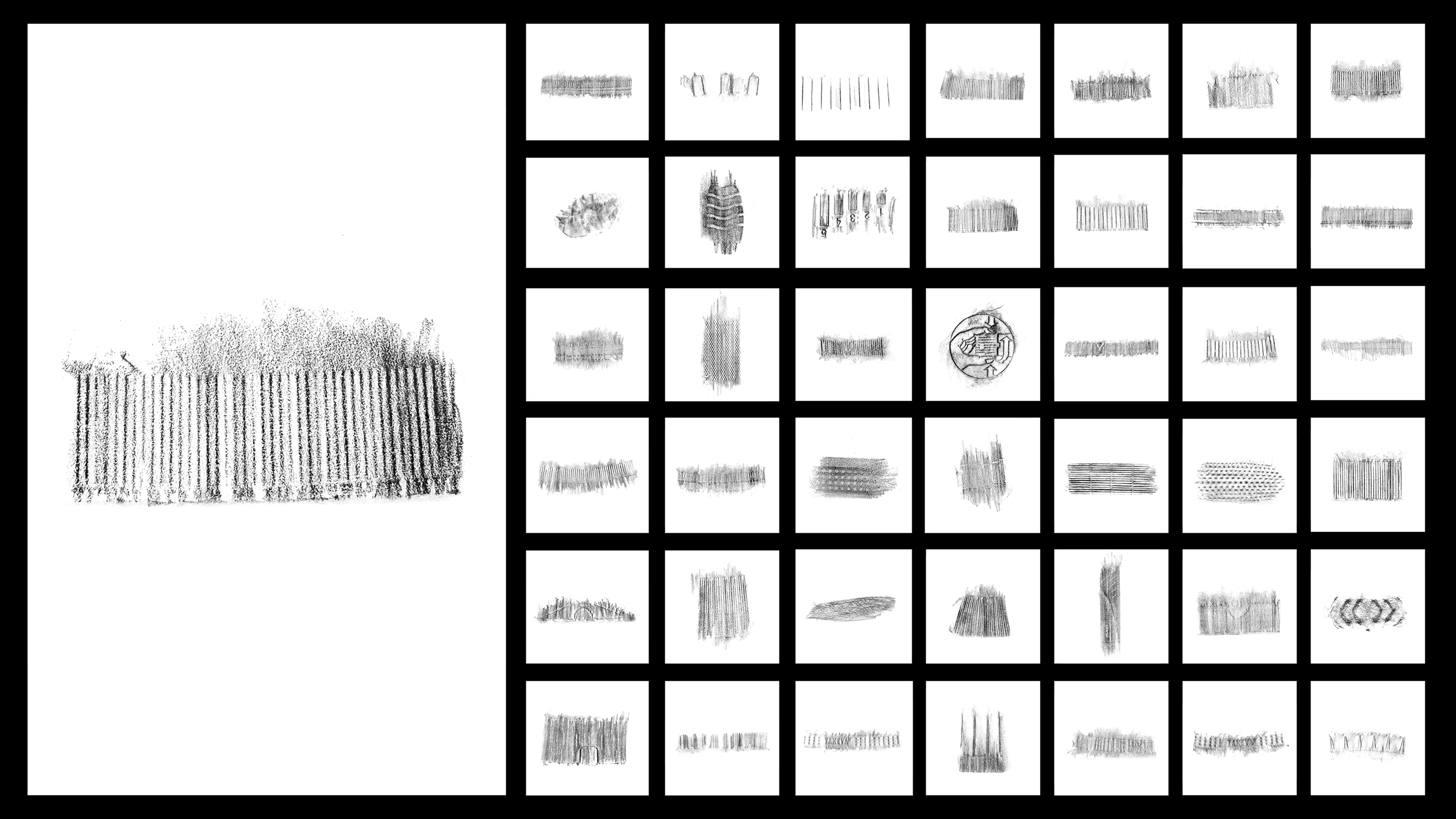
Experiment: Tactility of Everyday Objects
This experiment documented the surface textures of everyday objects through the pencil rubbings. These objects are plastic bottles, cutting knives, pens, toothbrushes, and so on. After translating the tactile textures into visual images, I realized that our tactile experiences with our hands are often overlooked by our brains.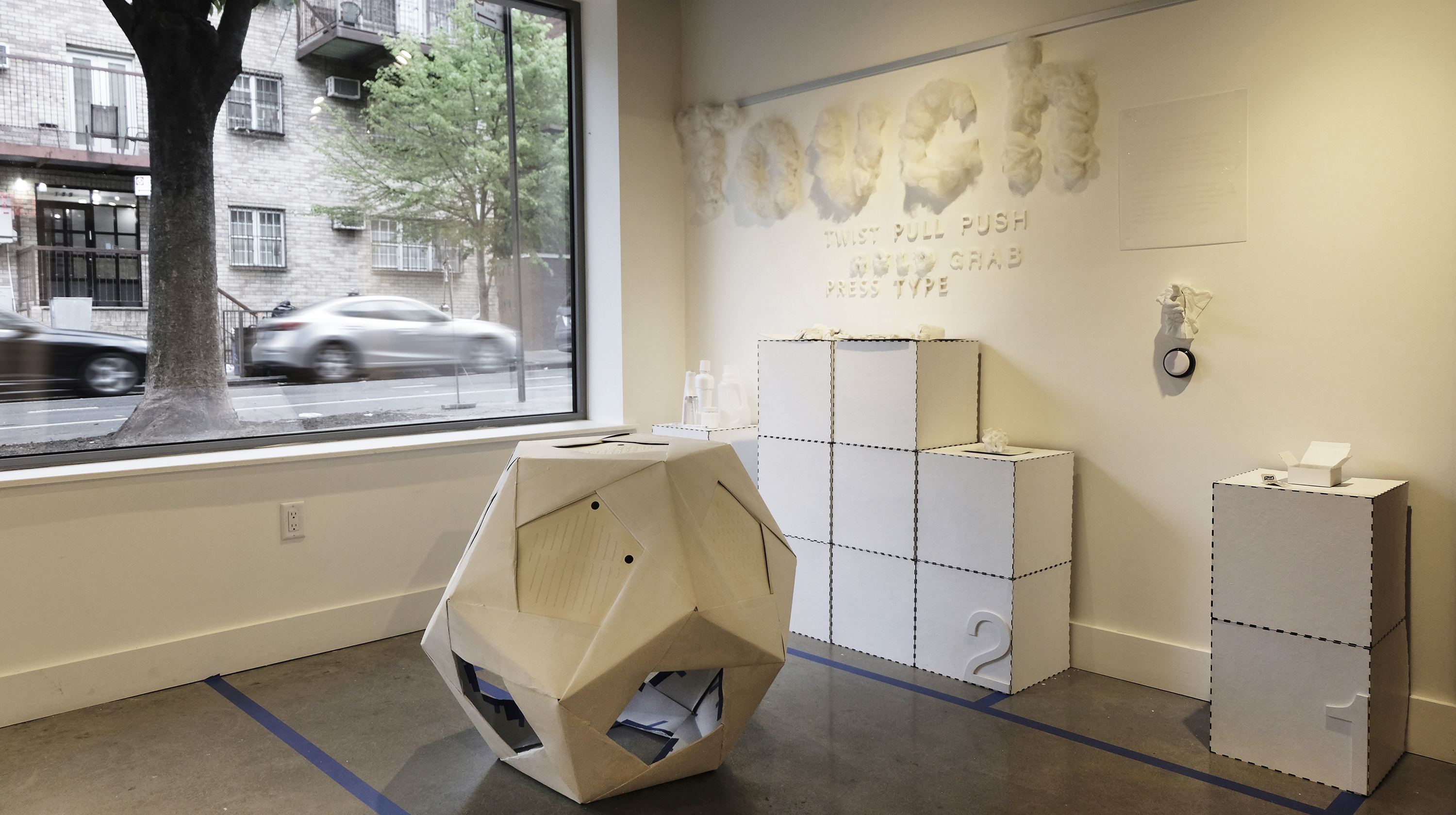
Capstone Project: TOUCH
Touch is a small physical exhibition project. It aims to explore the tactile ability, tactile memory, and tactile perception of different individuals. It also explores methods of creating an inclusive and interactive exhibition that regards touch as the primary sense and vision as the secondary.
Capstone Project: Wall Texts
The exhibition is composed of white texts, objects, and sculptures, forming a seemingly invisible space. The surface of these wall texts consists of various materials and textures. Visitors need to select one verb and express their understanding of the word by interacting with a block of clay.